It has been more than a year now since the works for the creation of the “oasis”, aiming at the improvement of refueling for the migrant passerines, started in Antikythira. The abandoned fields were revived and the fieldwork team of HOS were happy to witness the immediate response of the birds (and other wildlife) to the restored habitat.
The first concern of the project was to fence the field, in order to avoid goat entry. Keeping the free-roaming goats out was a crucial factor for the survival of the plantations. The solution that was selected for this purpose was no other than electrical fencing, since it is cheaper, more efficient, easier to construct and maintain and of course because it causes the minimum visual disturbance to the unspoiled landscape of the small, remote island. The system is powered by a solar panel and so far, has been proved highly effective.
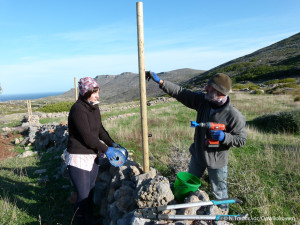

Once the fences were set, the team started with the plantation and cultivation of the land.
Establishing an orchard and cultivating crops in such a small and remote island was a real challenge and needed precise and careful design. The main issues that the team had to face were:
- The adverse environmental conditions (high temperatures, extreme draught, high winds, high salinity) that the plants have to withstand on Antikythira.
- The long term abandonment of the fields.
- The scarcity of water sources on the island.
- The difficulty of creating and maintaining proper infrastructure, as well as difficulty in logistics, all due to the remoteness of the island and the lack of labor force there.
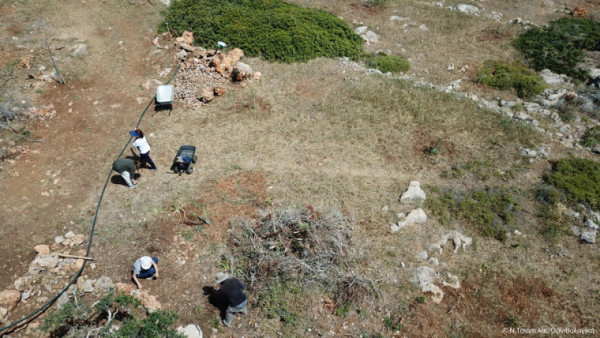
All these issues were addressed through:
- Selection of native species of trees (olive trees, carob trees, fig trees a.o.), highly adaptable to the local conditions. In addition, local varieties of crops (barley, fava) were cultivated in the biggest possible extent.
- Thorough preparation of the soil (cultivation, fertilization, increase of the available soil moisture), always according to the findings of the preceding soil analysis.
- Establishment of a drip-irrigation system in the field and designing of a watering schedule, in order to meet the needs of the plants with the minimum possible water use. Wherever possible the cultivations were non-irrigated crops. A cistern that is located in HOS premises was maintained in order to provide water for irrigation.
- Precise planning, assistance provided by HOS’s volunteers and the indispensable support from the local community helped the field working team to surpass any difficulties.
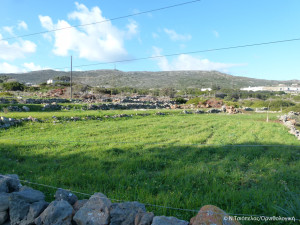
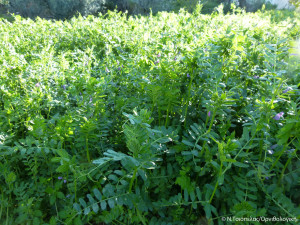
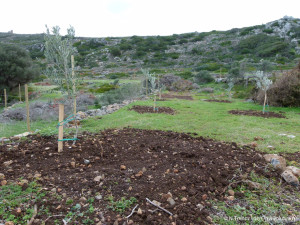
Lastly, the work was completed with the installation of the greenhouse, where the tree nursery is going to be set, in order to expand the establishment of oases to the rest of the island.
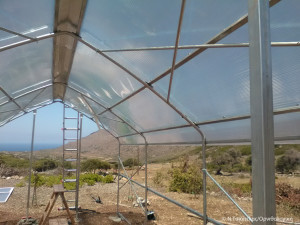
This period passerines crossing Antikythira during their southbound journey to Africa, stop for feeding and resting at the field and we hope that in the near future it will become a sought-after stopover station for more and more birds and an actual oasis on their long and dangerous journey.
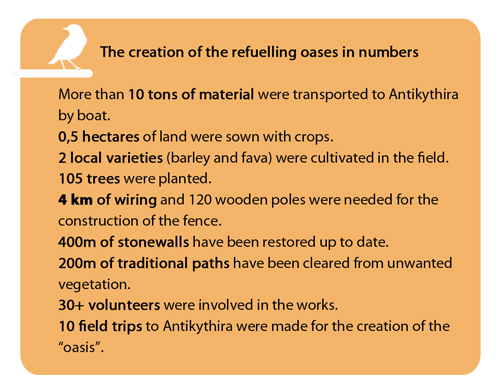
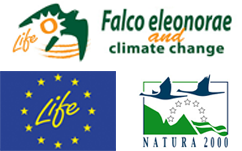
 Ελληνικά
Ελληνικά English
English